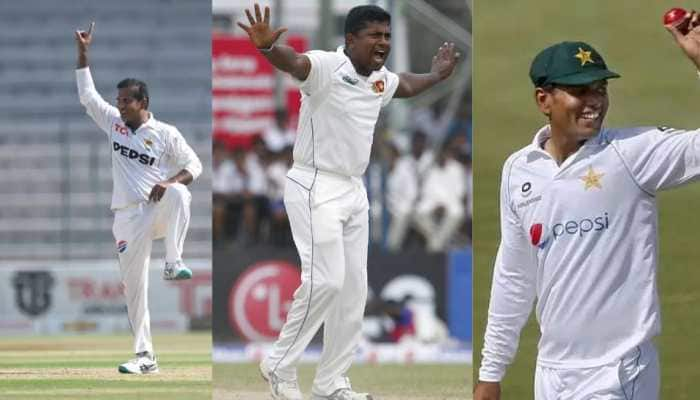Over one million children under the age of 5 die every year in India
The major causes of under-five deaths in post-neonatal period are pneumonia and diarrhoea.
Trending Photos
)
Zee Media Bureau
New Delhi: The government has said that more than a million children under the age of five die in India every year and more than half of the deaths occur within the first 28 days with prematurity and neonatal infections being the major causes.
“According to Sample Registration System (SRS) 2013, 1.26 million children under the age of five are estimated to die in India every year. 57 per cent of under-five deaths occur in (the) neonatal period, which is within the first 28 days of life, the major causes being prematurity and low birth-weight, neonatal infections, birth asphyxia and birth trauma,” Health Minister J P Nadda said in a written reply in the Rajya Sabha.
It said the major causes of under-five deaths in post-neonatal period are pneumonia and diarrhoea. With over 3.8 lakh children falling prey to pneumonia annually in the country, India tops a list of 15 countries in terms of total under-five deaths due to the disease
He said the government has initiated an SMS based electronic vaccine intelligence network (e-VIN) to enable real time monitoring of vaccine stocks at 4,476 cold chain storage points.
These storage points exist across all 160 districts of three states – Uttar Pradesh, Rajasthan and Madhya Pradesh – under Global Alliance for Vaccines and Immunization (GAVI) Health System Strengthening support.
He said that the Under-five Mortality Rate (U5MR) is 49 per 1000 live births. To sharpen the focus on the low performing districts, 184 High Priority Districts (HPDs) have been identified for implementation of Reproductive Maternal Newborn Child Health+ Adolescent (RMNCH+A) interventions for achieving improved maternal and child health outcomes, the minister said.
“Newer interventions to reduce newborn mortality have also been implemented, including Vitamin K injection at birth, antenatal corticosteroids in preterm labour, kangaroo mother care and empowering ANMs to provide injection gentamicin to young infants for possible serious bacterial infection,” he said.
Mr Nadda said Birth Defects Surveillance System (BDSS) is being established to serve as a tool for identifying congenital anomalies and it is a collaborative effort between the government, WHO and CDC.
According to Registrar General of India, SRS 2013, the Infant Mortality Rate (IMR) is 40 per 1000 live births while the the Neonatal Mortality Rate (NMR) is 28 per 1000 live births, he added.
(With Agencies input)
Stay informed on all the latest news, real-time breaking news updates, and follow all the important headlines in india news and world News on Zee News.
Live Tv







)
)
)
)
)
)
)
)
)
)
